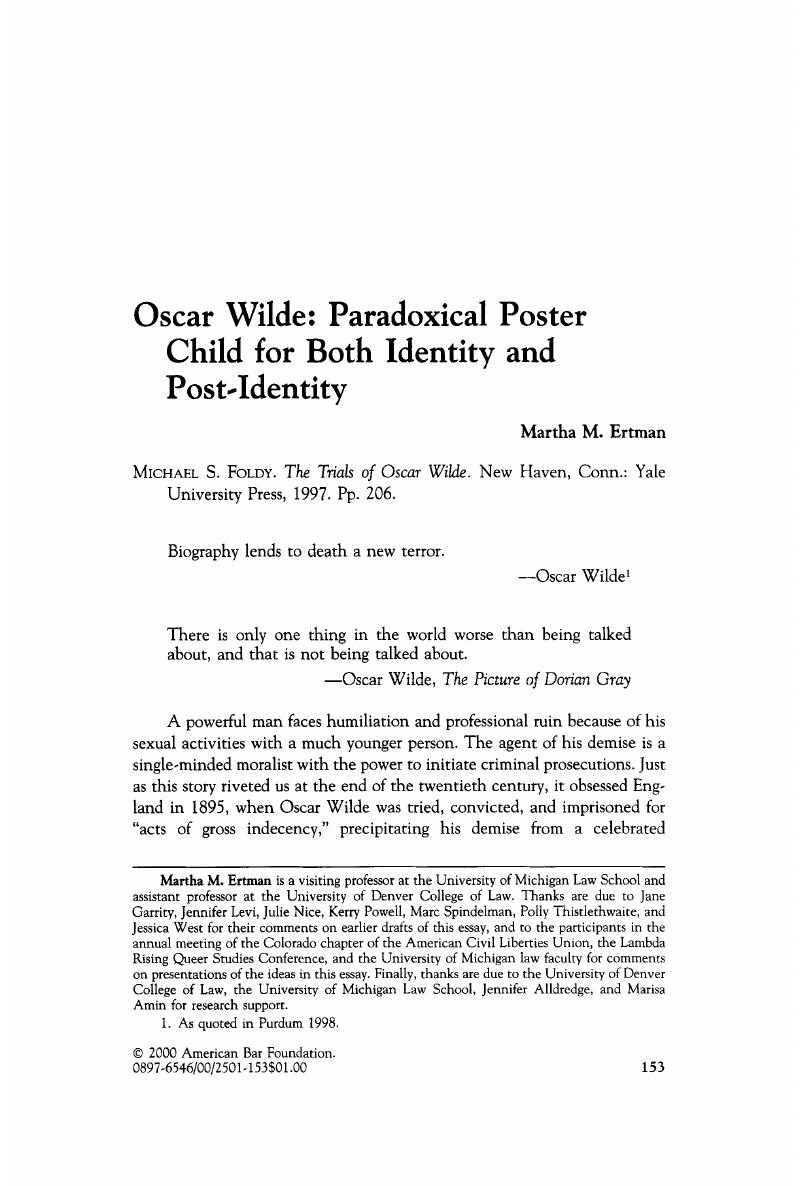Crossref Citations
This article has been cited by the following publications. This list is generated based on data provided by Crossref.
Weltman, Sharon Aronofsky
2008.
Victorians on the Contemporary Stage.
Journal of Victorian Culture,
Vol. 13,
Issue. 2,
p.
303.
Marvel, Stu
and
Ertman, Martha M.
2015.
International Encyclopedia of the Social & Behavioral Sciences.
p.
768.



